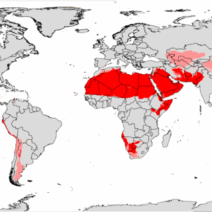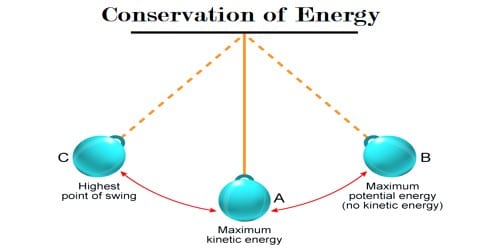Time reversal symmetry (TRS) is a fascinating concept in physics that has significant implications for our understanding of the fundamental laws governing energy and dynamics. This principle suggests that the equations of motion in physics should hold true even when time is reversed. Imagine a video of an event played backward; if the laws of physics are indeed reversible, the phenomena observed should be just as valid in reverse motion. However, does this mean that energy conservation can be challenged under specific circumstances? The nuances of this question reveal an intricate interplay between time, energy, and the frameworks used to describe them.
At the heart of time reversal symmetry is the notion that the fundamental laws of physics—especially classical mechanics and quantum mechanics—remain unchanged when the direction of time is inverted. The mathematical formulations of these laws can be manipulated such that the transformation from time ‘t’ to ‘-t’ yields the same physical predictions. This behavior seems coherent with a theoretical framework where energy conservation is an unwavering principle.
However, upon closer inspection, TRS prompts curiosity about its implications, especially regarding irreversible processes. In practical terms, many physical processes do not exhibit time symmetry. Consider the second law of thermodynamics, which states that entropy, a measure of disorder, tends to increase in an isolated system. This indicates that while fundamental physical interactions may be reversible, the macroscopic behaviors leading to entropy increase are not. As such, TRS begins to reveal its limitations, particularly in systems exhibiting irreversible behavior.
A key aspect of the entropic perspective reinforces the assertion that not all processes maintain energy conservation when time is reversed. During the evolution of a system towards thermodynamic equilibrium, the energy distribution evolves toward a higher entropy state, implying that energy initially stored in a structured format disperses in a way that becomes less useful for work. In reversible processes, energy transformation allows systems to transition back to their initial states, yet irreversible processes, which are more common in nature, create paths that are fundamentally one-directional.
The concept of broken time reversal symmetry comes into play when examining phenomena such as statistical mechanics and chaotic systems, where slight perturbations in initial conditions can lead to dramatically different outcomes. In the realm of chaos theory, systems become sensitive to initial conditions, creating a landscape where the predictability of energy states evaporates in a cloud of uncertainty. While the underlying physics may permit TRS, the practicalities of energy conservation in such chaotic systems seem to falter.
Moreover, quantum mechanics introduces its own complexities. Quantum systems can exist in states that exhibit both time-reversible behavior and apparent violations of this symmetry. For instance, processes involving particle-antiparticle annihilation appear to challenge TRS, raising questions about energy and its conservation. Notably, in high-energy physics, certain interactions have been observed that exhibit time asymmetry despite conservation laws holding in aggregate. This leads to nuanced discussions around energy conservation at microscopic versus macroscopic scales.
Another dimension of this inquiry touches upon the role of observation. Quantum mechanical phenomena often require an observer’s perspective to characterize the behavior of particles. In this realm, measurements inherently alter states, leading to entropic shifts that may mask the simple energy conservation principles. Observer-induced changes might seem to violate energy conservation temporarily, particularly during quantum state collapse, wherein the energy may not be recoverable in usable forms.
Exploring TRS within the framework of cosmology and the universe’s evolution also reveals compelling implications. The universe is not static; it is an expanding entity progressing toward greater entropy. This cosmological perspective casts doubt on the notion of absolute conservation within bounded time frames. As the universe ages, its energy distribution continues to evolve, hinting at a concomitant evolution in our understanding of time, space, and the laws that govern them.
In conclusion, the interplay between time reversal symmetry and energy conservation is a multidimensional conversation. Although classical physics provides a robust foundation for the concept of TRS, the complexities of thermodynamics, chaos, quantum mechanics, and cosmology unveil a landscape where energy is not always conserved in practice. As we venture deeper into the microscopic and cosmic realms, it becomes evident that our intuitions about reversibility and conservation require a more sophisticated understanding, acknowledging the boundaries presented by entropy, chaotic behavior, and the observer effect. Thus, while time reversal symmetry offers a compelling theoretical framework, it is our practical experiences with energy and its transformations that paint a more intricate picture of the nature of the physical world.







